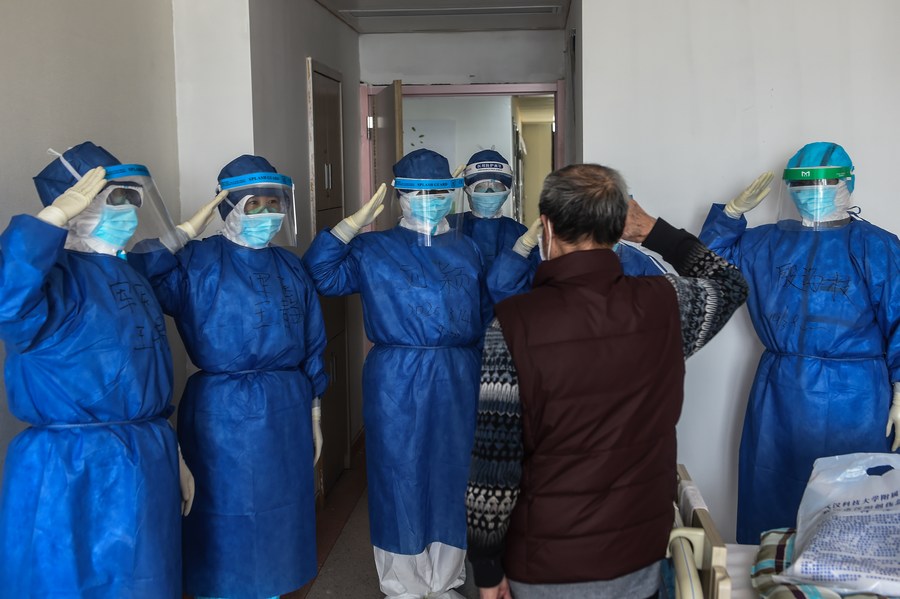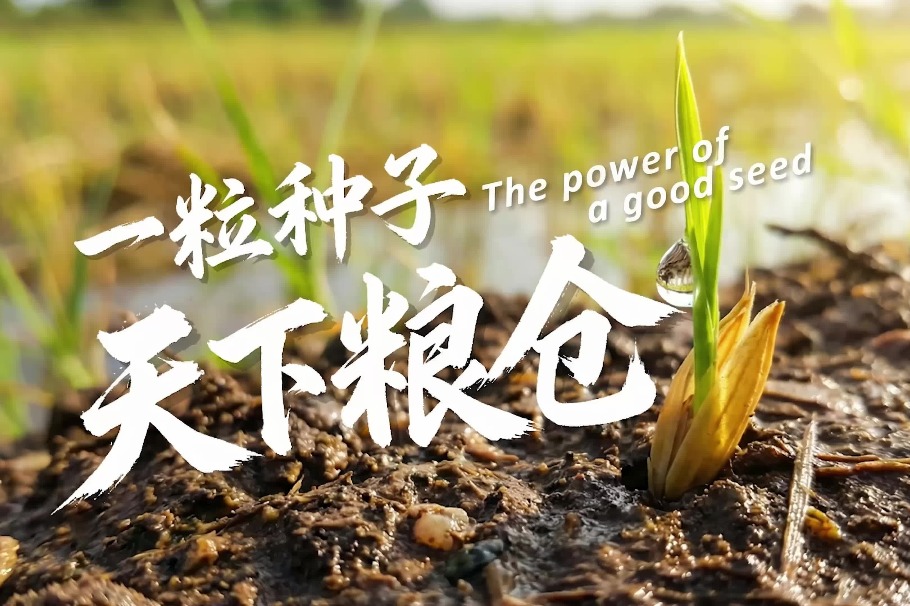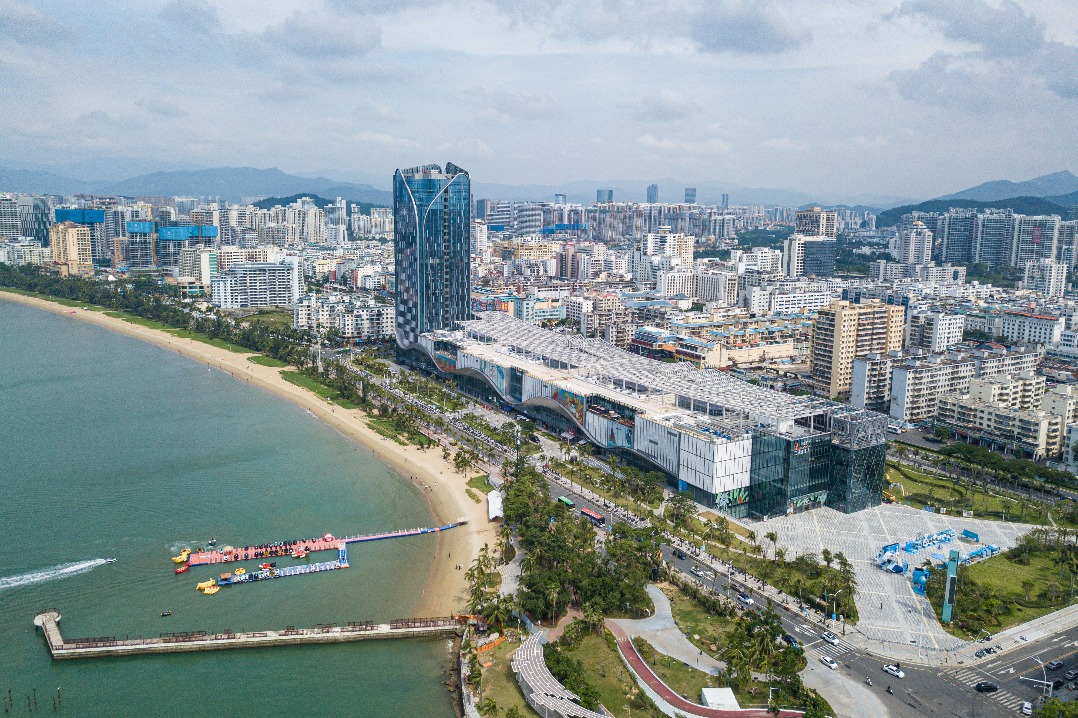Xi Focus: The Chinese way of fighting coronavirus for safety, growth


People first, life first
On May 12, International Nurses Day, 88-year-old Qu Wanfang, accompanied by his family, expressed his gratitude in person to the medical staff of Taihe Hospital in Shiyan city, Hubei province.
Qu was diagnosed with COVID-19 in February last year. Six "critically ill" notices were issued by the hospital to his family.
Thanks to the combination of traditional Chinese medicine and Western medicine, psychological counseling, and nutritional support, he survived after 47 days of treatment by a special team of nine medical workers.
"Whatever was available to save his life was used," said Luo Jie, the hospital's president.
"What is 'people first'? So many people worked together to save a single patient. This, in essence, embodies doing whatever it takes (to save lives)," said Xi during his deliberations with fellow deputies from Inner Mongolia autonomous region at the 13th National People's Congress on May 22, 2020.
In Hubei, more than 3,600 elderly COVID-19 patients over 80 years old like Qu recovered, among whom the oldest was 108.
The per capita treatment cost of a COVID-19 patient in China is 23,000 yuan, and the treatment cost for a severe patient even exceeds 150,000 yuan. By the end of June, 2.837 billion yuan of medical expenses had been settled for hospitalized COVID-19 patients nationwide, of which 1.631 billion yuan was covered by medical insurance. More than 2.2 billion COVID-19 vaccine doses have been administered free of charge across the country so far.
"Regardless of cost, everything makes way for life. This is the embodiment of the people-oriented thinking of traditional Chinese culture and highlights the people-centered governance philosophy of the Communist Party of China," said Wang Wen, executive dean of the Chongyang Institute for Financial Studies, Renmin University of China.
























